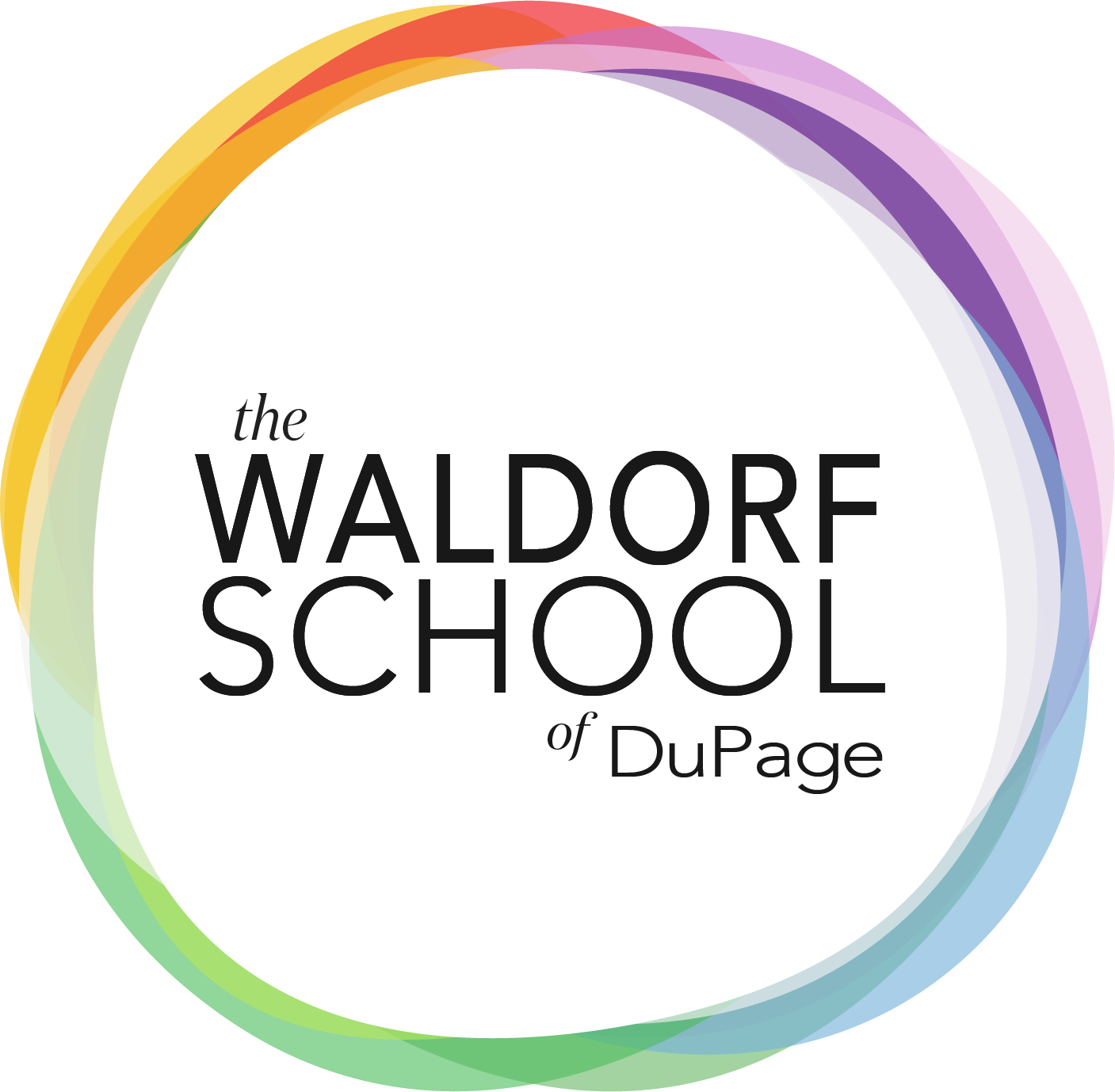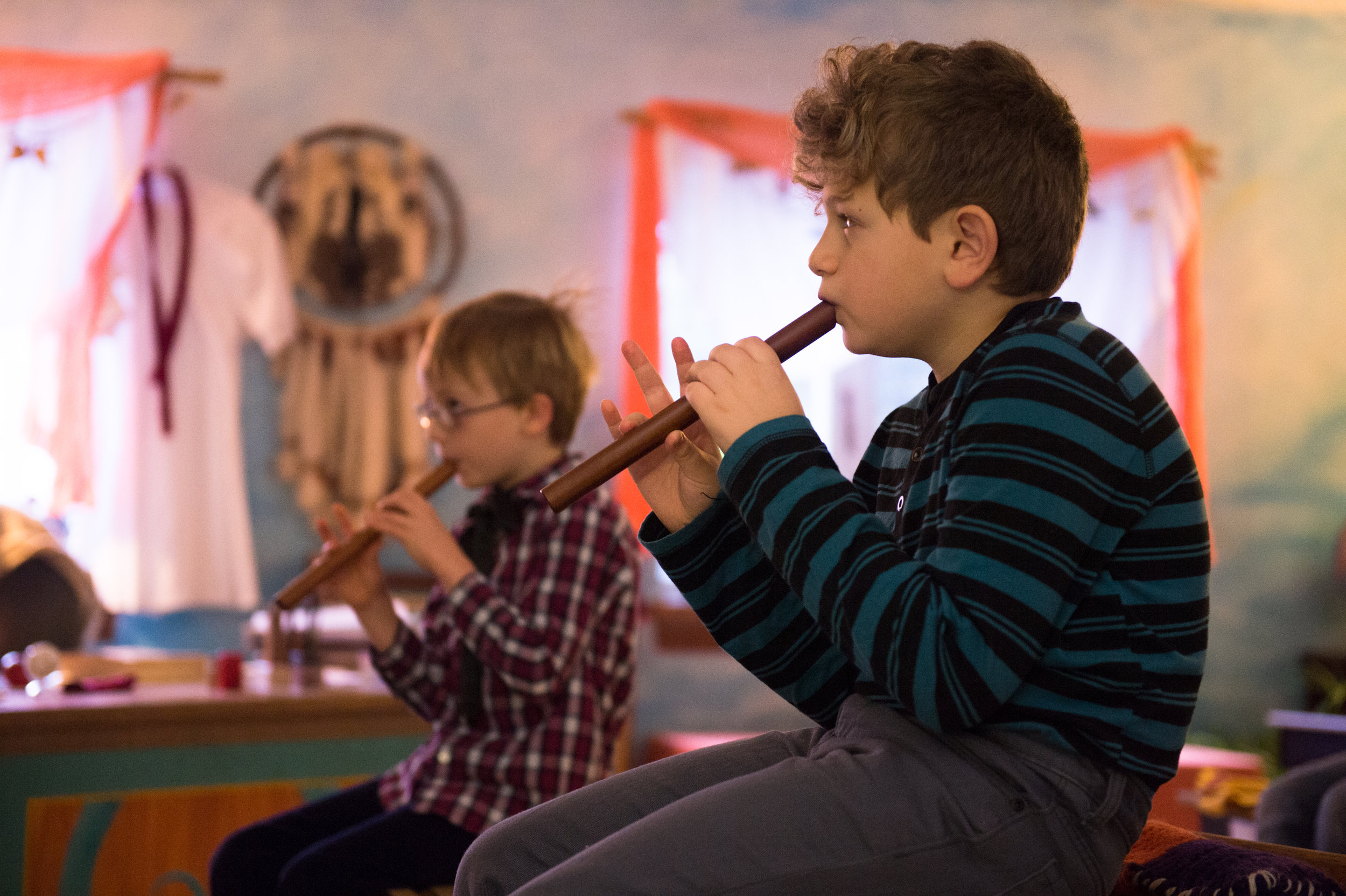The Waldorf elementary school offers an inspired approach to life-long learning. What sets the curriculum apart is not necessarily what is taught, but how it is taught. Teachers aim to present all subjects in a pictorial, imaginative way to stimulate students' feelings and interests. Every subject, whether mathematics, history, or physics, is learned artistically and practically so that the experience speaks to the whole child: the head, the heart, and the hands. Drawing, painting, movement, music, singing, recitation, and drama are not treated as supplements; rather, they are the actual methods by which each subject is taught. By interweaving traditional academic disciplines with artistic and practical activities, the school provides a broad and balanced educational experience and encourages the development of capable, multifaceted individuals.
Mathematics
Times tables, Columnar addition and subtraction, Carrying and borrowing
Sciences
Nature studies via nature walks and field trips, Nature stories
English & Grammar
Lower case letters, Reading typed print, Cursive, Plays, Speech and recitation, Phonics
Literature
Legends and stories of wise and holy people, Animal fables
Geography
Environment through observation
World Language
Days, Months, Seasons, Fables, Family vocabulary
Drawing
Symmetry, Mirror drawing, Running forms, Animals from fables
Painting
Wet on wet painting using secondary colors, Animals and plant forms
Modeling
Beeswax: Scenes from fables, Legends, etc
Handwork
Purling, Increase, Decrease, Combine knit and purl
MOvement education
Jump rope, Hand-clap games, Weaving in and out of the circle, Improving basic gaits, Circle dances
Music
Pentatonic flute, Songs to accompany fables, Folk songs, Simple rhythms

